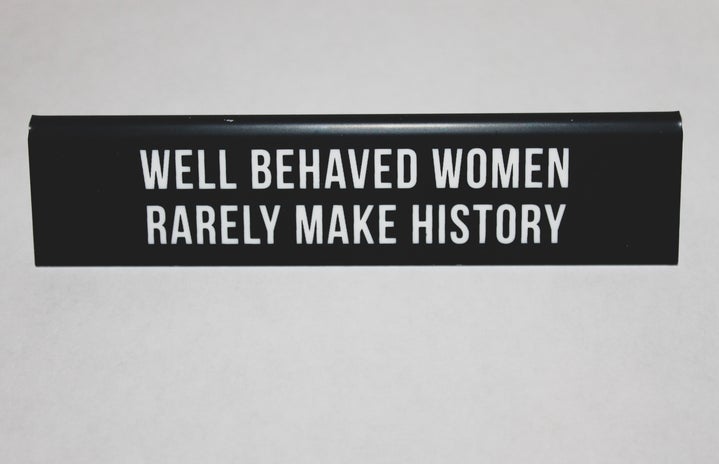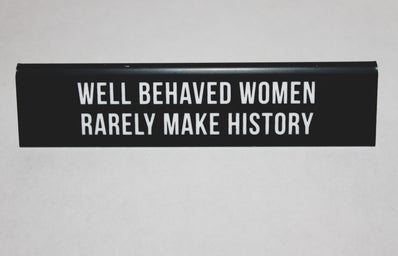As a woman living in a viral culture, I have unlimited exposure to the disturbingly rigid standard of beauty prescribed to female bodies. It’s impossible to read a magazine, visit a website, or even open Instagram without seeing images and ads depicting the “perfect” body. We all know the type of girls they like to put on the covers: incredibly thin, with arms and legs and stomachs that require constant, grueling upkeep. The problem is that most women—indeed, the vast majority of us—don’t look like that. The audience that reads those articles, sees those ads, and “likes” those pictures is made up of diverse body types and backgrounds with a host of different situations and stations in life. It can be very disheartening to stare at the model who’s supposed to represent beauty and think, “I don’t look like her.”
I didn’t understand that this standard is only superficial—a product of the times—until I took art history.
Classical beauty, the kind heralded by the Greeks and revived during the Renaissance, doesn’t portray women with protruding ribs and sharp cheekbones. The women we began to study in art history were full-figured, with realistic curves and round faces.
Some of the most beautiful women in history, those famous only for their looks, were depicted not as stick-thin but as curvy. Botticelli, in fact, is known for his female subjects’ representation of the idealized standard of beauty; he interpreted this as soft curves and natural features. If Aphrodite, the goddess of love, is above a size two, I figured, maybe it’s okay that I wear a four.
In the Renaissance, models of beauty reflected those of classic antiquity. Until I took art history, I wasn’t convinced that the average modern woman could have the “ideal” figure. Studying the paintings in class, I was struck by how much the subjects looked like the kind of people I saw every day. These women were rounded, soft, and free of makeup, a far cry from the models we see today.
If these are the figures that people deemed beautiful back then, the only real difference between our beauty standards and theirs is time. We happen to be stuck in an unhealthy conception of “skinny = beautiful,” one that leads to low self-esteem, bullying, and perhaps even eating disorders. What opened my eyes to the superficiality of this standard was studying the bodies portrayed as beautiful from centuries ago. Arguably, they’re the realest representation of women I’ve seen in any kind of media.
Even after just a short time in the class, I have gotten a lot out of art history (greater appreciation for antiquity, contextual and analytical knowledge, a slew of cool new vocal words, a possible minor…). What I’m most grateful for, though, and what I use every day, is the realization that standards of beauty are completely arbitrary. Just because it’s in vogue to be stick-thin right now doesn’t mean it will be in the future—it certainly wasn’t in the past. What makes people think we’ve gotten it right this time, when there are so many iterations of the “perfect body” to cycle through? The most desirable body type in the sixteenth century would be considered plus-size today; what does that say about society’s current obsession with thinness? In another few centuries, what will people consider the ideal body?
Whenever I open Instagram and see a model’s perfect selfie, or when a pop-up ad of the world’s thinnest woman obscures my webpage, I remind myself: I may not look like her, but I do look more like Aphrodite. I was surprised to find that, over time, I felt less self-conscious and guilty when I look at pictures of models and actresses. The knowledge that some of the most beautiful subjects of the masters of art looked like average, realistic women has done more for my self-confidence than any affirmation or Marilyn Monroe quote has. These women—curvy, voluptuous, the opposite of skinny—are just as beautiful, if not more, than the models thrust upon us daily.

